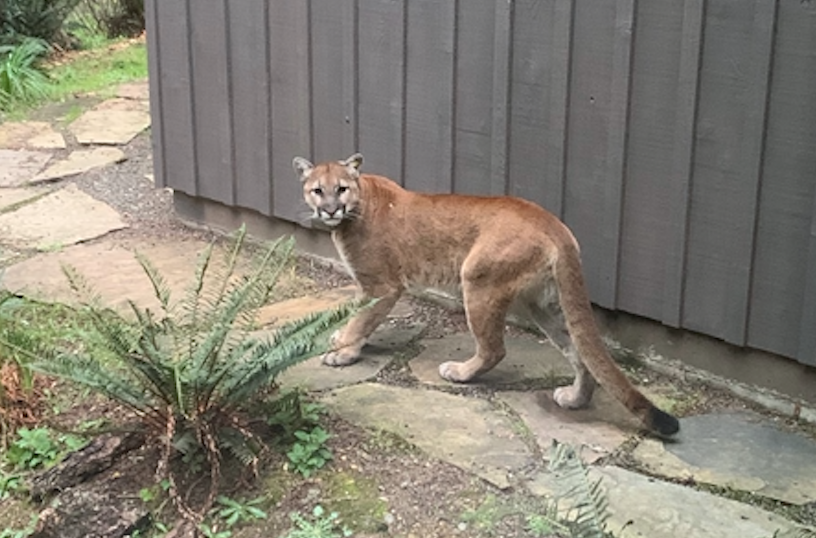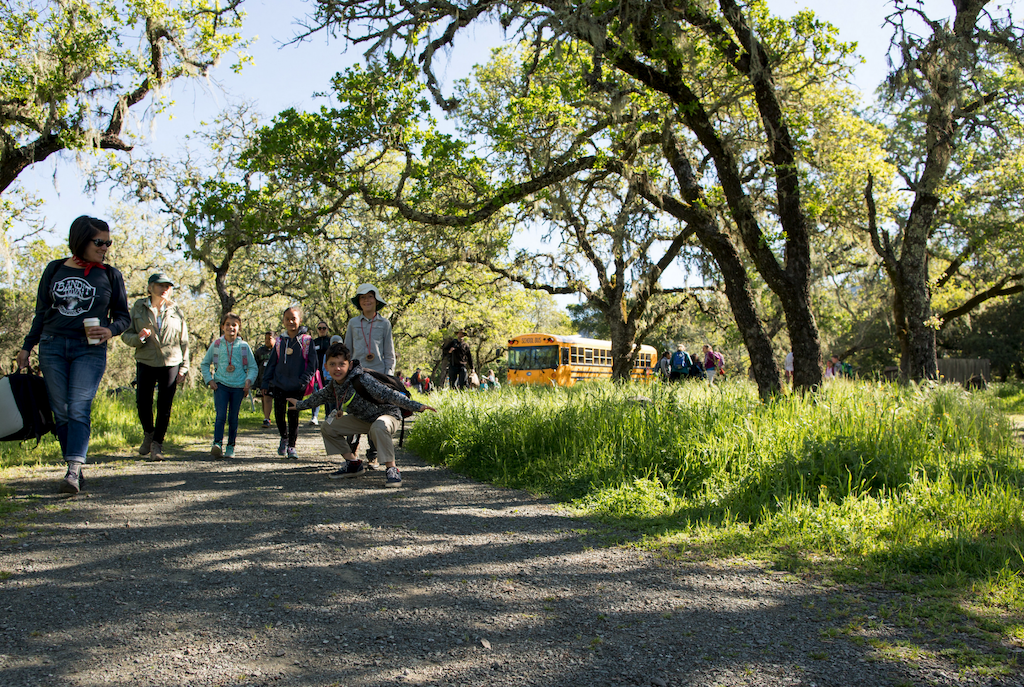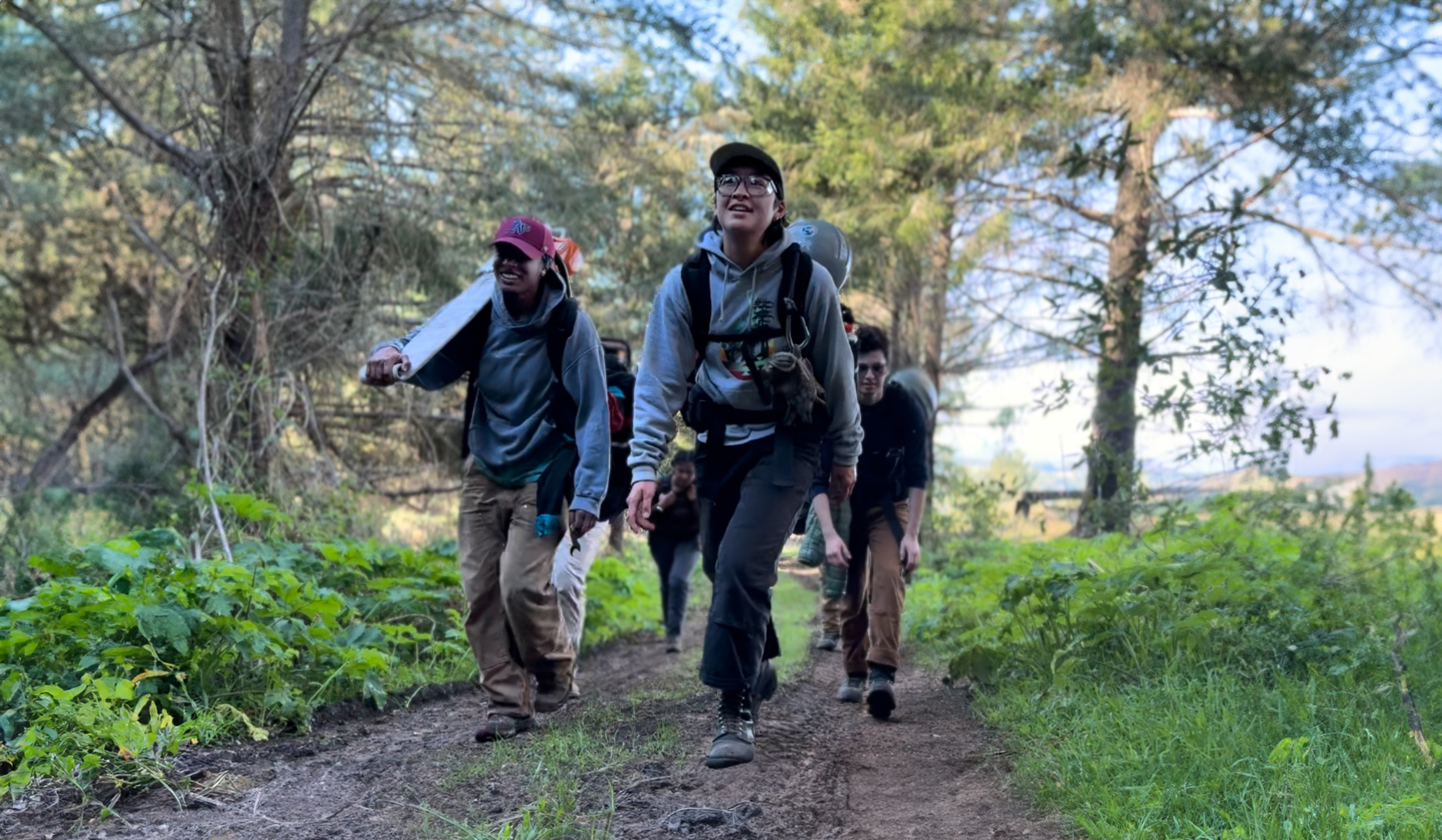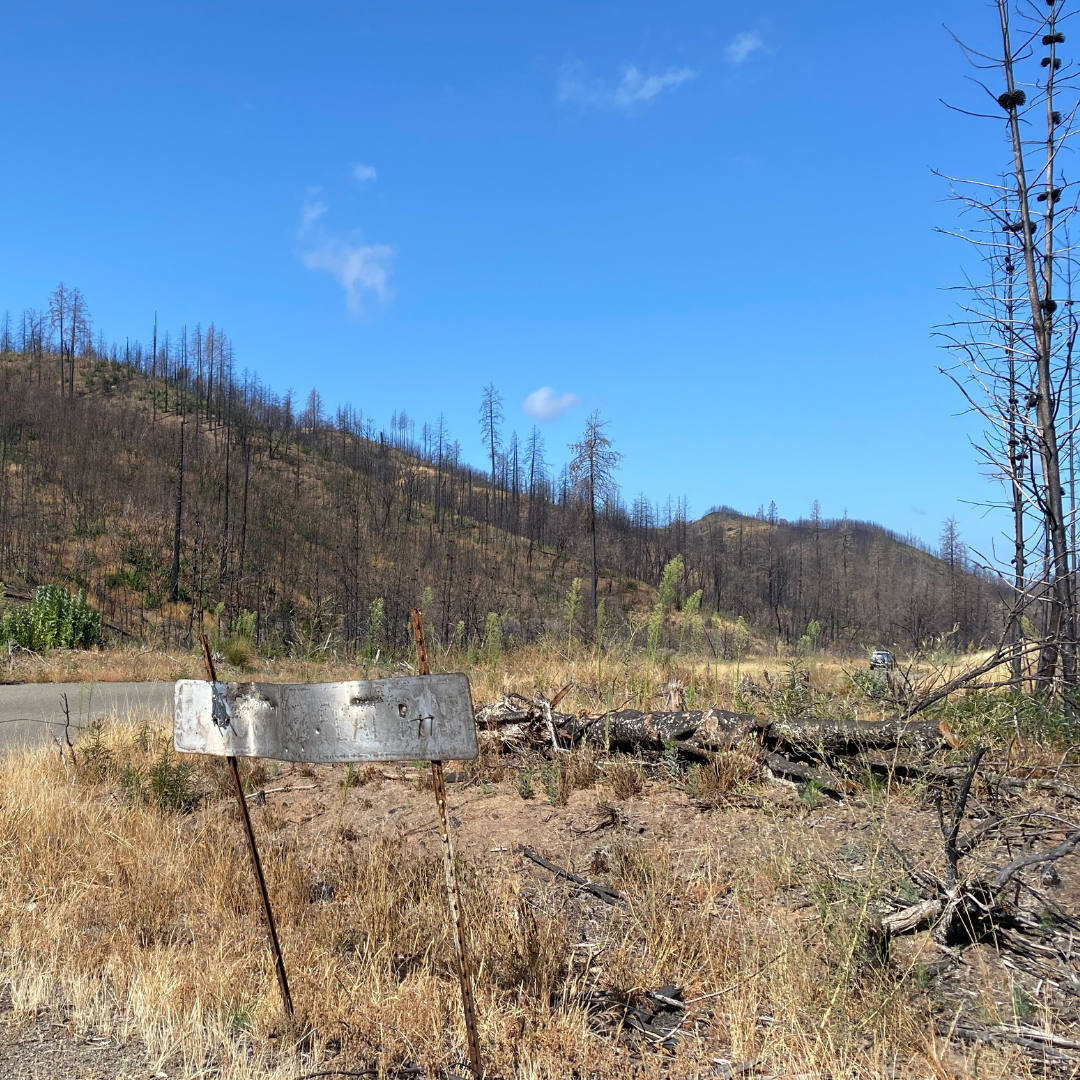On July 29, mountain lion P14, a young male we’ve been tracking since January, was killed in Mendocino County after a depredation permit was issued by the California Department of Fish and Wildlife (CDFW). The permit was requested by a Point Arena landowner after 12 sheep were killed. This is the fourth collared mountain lion killed for livestock depredation since our study, Living with Lions, began in October 2016.
The story of P14 goes back to the first week of 2019 when property owners Paul and Maria woke to find their two adult llamas dead in the field on their property near Jenner, CA. The large but rather old llamas—used to protect a small flock of goats against predators—were attacked and killed by a male mountain lion. In California, the offending animal would typically end up being trapped or hunted using hounds, and then killed, providing biologists with little information on the movement and behavior of mountain lions that kill livestock. This time the lion was not killed, instead, the landowners called the Living with Lions team for help. The ACR Living with Lions Project has been given permission by CDFW to trap and collar mountain lions responsible for livestock losses when contacted by landowners for assistance in an effort to collect valuable data for future management of these animals. In this case, we set a trap and captured what was a young and healthy adult male mountain lion (P14). He was fitted with a satellite GPS collar and the landowners who suffered the losses chose to name him “Paul” as a reminder of the incident. Read the story of Paul, Maria and P14 in the Press Democrat >
For over 7 months we were able to document P14’s movements, providing fascinating insight into the life of a young, dispersing male mountain lion along the coastal reaches of Northern California. One striking example of this occurred in late January when Paul, who for two weeks had been moving in a relatively confined area between the Russian River, Occidental and Bodega, suddenly headed north in what seemed a clear intention of leaving the area. Between 11 pm and 1 am on the night the January 27, he swam the swollen Russian River near Korbel winery and kept heading north. Steadily moving in a north-easterly direction, he continued for another 60 miles before reaching the Point Arena area. I was particularly impressed by the directness of his route. I often wonder what drives these animals to go where they do, and in Paul’s case, maintain such a particular direction for so long when it is highly unlikely he had ever been in this area before. Read more about P14’s long-range exploits >

Paul: The accidental ambassador
During the following months, Paul moved up and down the coast as far south as Fort Ross and as far north as Manchester. He was observed by members of the public on several occasions and, in some cases, with fantastic stories of encounters:
“At around 8:20am yesterday (7/13) I was hanging my laundry to dry on our upstairs back deck. From the deck it is thick forest and there are no houses. I heard a lot of noise coming from the bushes. I am use to hearing birds, deer, etc., but this was LOUD so I was trying to see what it was making the racket…then out of the bushes ran a large mountain lion it was in the opening between my house and my neighbor. I saw it quickly as it was running and then it was out of my sight. It was close and quick—and looked huge.
I heard what sounded like a cat fight and I thought “oh no, it’s eating my cat” so I immediately ran through the house and out the front door to try to scare it off my cat (by making noise, NOT getting in the middle of it) but by the time I got outside there was no sound or sign of the lion.
I walked outside listening but heard nothing…I was looking for signs of fur or blood but saw nothing. The ravens however were going berserk screaming like crazy. As I stood in my driveway (for maybe two or three minutes) I heard a crack from above and looked up into a stand of young redwood trees and the lion came down (not very gracefully). I was NOT very far from it (maybe 25-30 feet) and my first instinct was to run (and I turned to do so) but I knew better so I froze and turned around to face the lion. I had a shirt (from the laundry) still in my hand and I held it up to “look bigger.” We locked eyes. It was in a pouncing stand but I had the feeling it wasn’t going to attack me now that I was not running. Then from somewhere to the right of the crouched lion another one with a collar on (Paul) jumped on it…the two tussled and then both ran off following each other back in the direction they came.
Paul was definitely the bigger lion but they were both very large. I couldn’t tell you if it was a fight or love making attacking. It seemed like a tussle more than super vicious…and it happened very quickly.
Definitely no photos—but vivid memories I will not forget.
I think the two were playing? and Paul chased the one up the tree. My cat was safely under the bed the whole time so I think what I heard initially was the two getting into it and then got to witness the 2nd scuffle. The scuffles were quick…second or two long.
that’s all I know…in 18 years of living and hiking here this is the first encounter I have had with a mountain lion.
They were larger than I imagined in real life…and so fast! Really magnificent creatures!
wow.
:)”
After P14 was killed, residents of the area called for a better outcome. “We need to learn to live with these magnificent animals. Farmers with livestock need to more carefully be responsible for the care of their animals. Both the sheep and this mountain lion had to die. It is a sad ending for all,” said Sea Ranch resident Dianne Rasmussen.
Planning for predators
During the time we tracked Paul, we established that livestock and his smaller domestic cousin, the common house cat, were among the food items on his radar. Using GPS location clusters over a period of time, we have been able to reconstruct some of his dietary habits, and will continue to retrospectively investigate as many of the other kills he made while being tracked.
It does not surprise me that Paul killed 12 sheep, and it does not surprise me that he was killed as a result. In the wild, prey animals are on constant alert; in contrast, domesticated animals have had the flight instinct bred out of them and are highly vulnerable.
Mass depredation events, or mass killings like this, mostly happen when livestock or domesticated animals in our care are kept in enclosures or areas that are not sufficiently predator-proof and do not offer an escape route. Felines respond to chasing things that run from them, and in the turmoil of a lion in a sheep enclosure, no sense prevails in the chaos. Essentially, we are witnessing an unnatural response to an unnatural situation.
In very the same week, our team was called to conduct a lion capture in Healdsburg after an uncollared mountain lion killed four sheep. Research assistant Alex Hettena and field volunteer Ginny Fifield set a trap for the lion, who returned to the site but did not enter the cage. After an earlier depredation event, these landowners took all the right steps to protect their flock in their main grazing location. Unfortunately, the sheep were moved to a temporary pasture away from their regular enclosure and the lion made an opportunistic move.
In this case, the owners opted to work with us to attempt to collar the lion for the regional study and shore up their predator plan.
Toward a better future
Ultimately, the question our region grapples with is do we value top-carnivores—and the crucial role they play in our own survival—enough to plan for their welfare when we introduce pets and livestock into their range?
For those of us who take on the responsibility of owning and caring for livestock or pets, we do it with the understanding that their welfare depends on the provision of a safe, predator-proof environment. We also know that if we value our wild neighbors, we must remain vigilant against creating an irresistible lure.
If you would like information on coexisting with wildlife while caring for domestic animals, please email us or visit the PEEP program at Sonoma County Wildlife Rescue.




